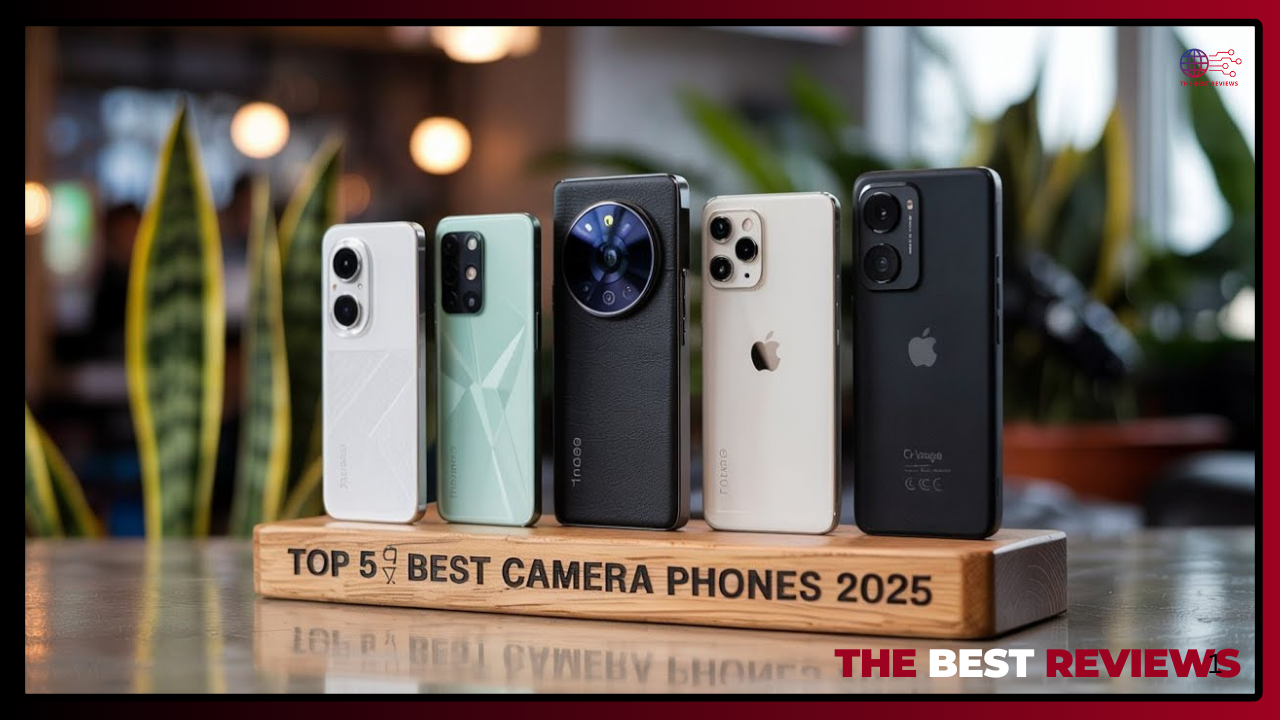If you ask someone what feature they consider most important when purchasing a phone, I can assure you that many of them will say that having a good camera will affect their choice This isn’t surprising to me because the top camera phones have amazing optical quality, enable you to zoom in further, see in the dark, and even record stunning 4K video.
Over the course of my 16 years of evaluating phones, I’ve developed the ability to comprehend the knobs and features of a camera and know how to use them to achieve the best results My coworkers and I have tested dozens of phones over the course of the year and have concluded that the Galaxy S25 Ultra is the greatest camera phone available, mostly because of the way its AI Pro Visual Engine improves its performance.
With the addition of additional Galaxy AI features, such as enhanced nightography and generative edit capabilities, it is now a complete solution for photographers With the release of the Galaxy S25 Ultra, the iPhone 16 Pro—which has the same camera technology as the iPhone 16 Pro Max but costs less—lost its top spot.
With the release of Apple Intelligence, customers may still enjoy a strong camera experience and get a taste of how well generative AI can clean up images.
The debut of Samsung’s Galaxy S25 adds to the wide range of Android smartphones with powerful cameras. The Pixel 9 Pro includes the same cameras as the Pixel 9 Pro XL, along with additional photo-taking features like the Add Me function, which is another reason why I suggest it. I’m also impressed by the OnePlus 13, as the company keeps enhancing its photographic capabilities.
And although the iPhone 16e and Pixel 8a are both excellent mid-range choices, the release of the Pixel 9a may alter this ranking after I give it a thorough test.
In relation to photo comparisons, I have compared a number of flagships over the past year in our 200-photo face-off series. I’ll go into more detail about them later, but the reason I bring this up is that I take identical pictures of the gadgets and compare their differences to determine which one wins out in the end.
Based on our head-to-head assessment of each phone’s camera skills, here is a summary of the top camera phones available today To read detailed reviews of each camera phone that is highlighted here, continue scrolling.
Table of Contents
- iPhone 16 Pro Max
- Samsung Galaxy S25 Ultra
- Google Pixel 9 Pro
- Xiaomi 15 Ultra
- Huawei Pura 70 Ultra
TOP 5 BEST CAMERA PHONE IN THE WORLD 2025
1 : iPhone 16 Pro Max
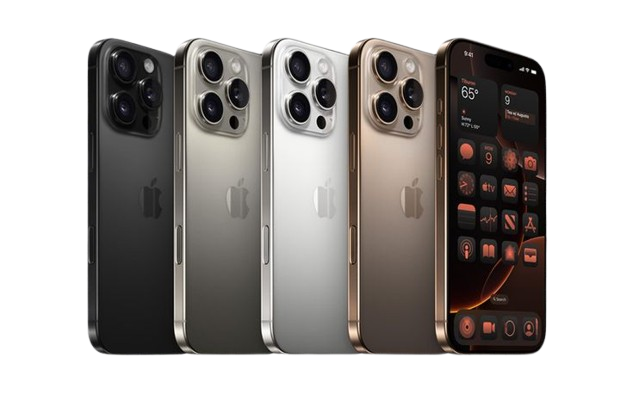
Currently available in the same configuration as the iPhone 16 and iPhone 16 Plus, the iPhone 16 Pro and iPhone 16 Pro Max are Apple’s flagship models.
The time to purchase is now because the iPhone 16 Pro versions are brand-new. For many years to come, the iPhone 16 Pro 6.3 and 6.9-inch will be part of Apple’s premium lineup.
The iPhone 16 Pro Max costs $1,199, while the iPhone 16 Pro costs $999. Although the Pro Max is Apple’s priciest iPhone, it features a larger screen, a longer battery life, and a larger 256GB storage capacity.
With all the newest features, these are Apple’s most sophisticated iPhone models.
With the quickest processors and the best camera technologies, Apple made them for pros. Apple also sells the iPhone 16 and iPhone 16 Plus if you don’t require the pro capabilities or if you think the iPhone 16 Pro and iPhone 16 Pro Max are too costly. These gadgets lack a telescopic camera, a Pro Motion display, and an Always On Display, but they share many of the same characteristics.
Pros
- Durable and beautiful design.
- Superb display, larger and almost bezel-less.
- Great battery life.
- Excellent speakers.
- Flagship-grade performance.
- Flagship level camera performance, day and night.
Cons
- Apple Intelligence features are region-limited for the time being
- Few and little upgrades over the previous version.
- Ultrawide camera not quite up to scratch in low light.
2 : Samsung Galaxy S24 Ultra
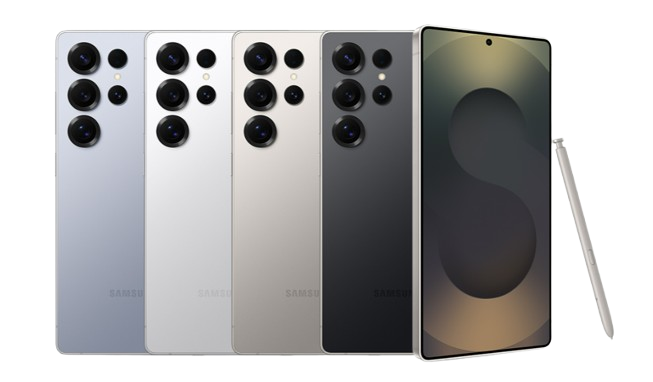
The Galaxy S25 Ultra, which Samsung has made some of the biggest design changes to the Ultra line in a number of years, still has a fairly similar appearance.
The rounded sides and sharp corners of the previous designs have been replaced by curved corners and flat sides in the new one.
The Galaxy S25 Ulta, however, is still a big slab. Apart from three sizable and two tiny bumps for the camera array and laser auto-focus system, the phone’s back is essentially featureless.
The color isn’t too startling, but I can’t deny its attractiveness. While Samsung only uses flat, subdued colors, RedMagic is experimenting with bold, crazy designs like frost-like geometric patterns and see-through panels, and OnePlus is etching wood grain into the back of its OnePlus 13.
This comes from the company that introduced the S20, which had a colorful back panel that closely resembled a bubble capturing sunlight.
Although Samsung is using titanium for the phone’s frame and Gorilla Armor 2 glass for the front and back, these features don’t really add to the device’s aesthetic appeal, and as far as I know, none of them stop the phone from breaking on concrete like other flagship phones do.
Another intriguing and concerning decision is the camera arrangement on the rear of the S25 Ultra. Despite the familiar layout, there is now a tiny relief at the bottom of each of the larger bumps—think of the pipes in Mario games. However, this could add a tiny bit more visual interest.
Pros
- Impressive AI agent upgrades
- Bigger and brighter display
- Great Snapdragon 8 Elite performance
- Superb cameras
- Very long battery life
Cons
- Now Brief feature underwhelms
- No Qi2 magnets built in
- S Pen loses Bluetooth
3 : Google Pixel 9 Pro
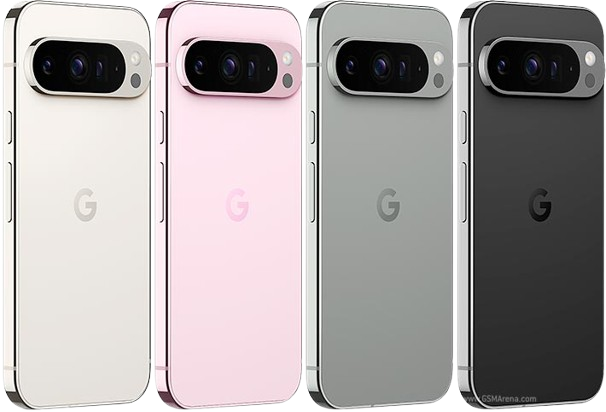
With an additional $800 off my phone bill, my carrier gave me an Obsidian 9 Pro 256 GB.
All I needed to do was pay $300 up front I’m never going back to the fruit company because I had an iPhone 12 before that, and I owned a Pixel 7 for approximately a year and a half.
The Pro 9 is superior to the Pro 7 in practically every aspect, in my opinion.
I’d suspend disbelief to mediocre discontinued otherwise.
I currently don’t see any reason to update before version 12 or 13, and it allows Google more time to work out some of their kinks, so I’m probably going to upgrade when those versions are out.
Though I hope they’ll improve the aspect ratio more like a Samsung or iPhone screen in the future, I enjoy the smaller 9 Pro and think its form factor is much superior than the 7 Pro.
The screen is stunning The brightness of 3,000 nits is ideal for daylight, and the colors are rich and vibrant. Particularly for an LTP tablet, the 120 Hz refresh rate is a pleasant improvement over the 90 on my 7.
Battery life this phone’s battery life is excellent for my needs! I typically spend two to three hours a day on my phone, and 40 to 50 percent of that time is spent navigating.
There aren’t any genuine grievances about disrespect On days when I was using it more, I pushed it a couple of times, and I received roughly seven hours of SOT with fifteen to twenty percent remaining.
Cameras This phone has a fantastic camera, and I enjoy how the pixels seem.
Compared to my usual 7, the telephoto lens and enhanced sensors are a pleasant improvement The ransom testimony’s lack of credibility is the only thing I would modify.
Pros
- Top-tier cameras
- Innovative AI features
- Long battery life
- Good performance
- Strong wireless connections
- Excellent build quality
Cons
- Low starting storage
- Some Gemini tools lack polish
4 : Xiaomi 15 Ultra
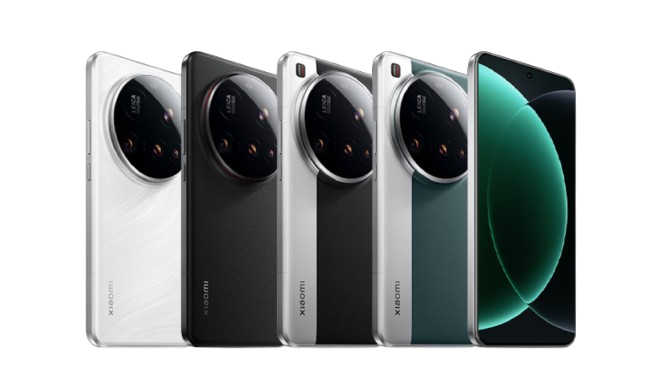
With a brand-new Leica Summilux lens that redefines mobile imaging with extensive focal length coverage, building on the pinnacle of optical design, you can turn your tender moments into enduring memories.
Driven by the state-of-the-art 3nm process technology and the Snapdragon® 8 Elite Mobile Platform Utilizing Xiaomi HyperOS 2, a step toward an ecosystem driven by AI Continuing with a classic cinematic look and a style influenced by high-end cameras.
Its dependability and tactile quality are further enhanced by the wraparound quad-curved frame and the brand-new portless design on the top frame.
Respecting the classics while being innovative Ultra-thin bezels and an all-around liquid display improved the in-hand sensation. encircling frame More resilient to wear and drops Xiaomi Structure of the Guardian The Xiaomi 15 Ultra has the upcoming The new form high-strength aluminum frame, Corning® Gorilla® Glass 7i protected camera deco, and sturdy back are just a few of the fine details that make the Xiaomi Guardian Structure a more reassuring device for customers.
We are overcoming the limitations of “light, speed, and distance” with Xiaomi × Leica’s strategic relationship in optical design so that you never miss another important moment.
Pros
- Supports 8K/30fps recording and up to 100x AI hybrid zoom for cinematic and long-range shots
- Leica optics: Enhanced low-light performance with 15EV dynamic range and reduced glare/ghosting via “pyramid” anti-reflective coating
- Snapdragon 8 Elite chipset (3nm process) and UFS 4.1 storage for seamless multitasking and gaming 19.
Advanced cooling system (vapor chamber + AI thermal management) ensures sustained performance - 2K LTPO AMOLED display: 3200 nits peak brightness, 120Hz adaptive refresh rate, and Dragon Crystal Glass 2.0 for scratch resistance
Cons
- starts at 1,099**, 350 more than the 15 Pro ($749). The premium materials and camera tech justify the cost but may deter budget-conscious buyers
- The 200MP telephoto lens and professional features (e.g., ACES Log video) are underutilized by non-enthusiasts 47.
Some users note inconsistent low-light performance despite the large sensor - Battery Trade-Offs
Despite the large 6000mAh battery, heavy camera or gaming use drains power quickly 9.
No expandable storage, relying solely on up to 1TB internal UFS 4.1 - Certain features (e.g., 6000mAh battery) are region-locked (China-only variants)
5 : Huawei Pura 70 Ultra
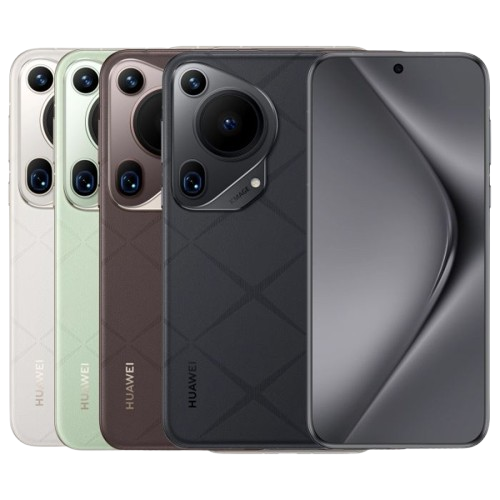
Although the P series is now called Pura, the goal of providing the greatest photography experience while on the go has not altered.
Since the Huawei Pura 70 Ultra’s triple camera on the back is such a show-stopper, it seems sense to begin here. A 50MP telephoto camera with 3.5x optical zoom and up to 10x hybrid zoom comes next, followed by a 40MP ultrawide camera with autofocus and a 50MP 1″ Sony IMX989 sensor with sensor-shift stabilization and a high-end lens with variable aperture.
Additionally promising is the 13MP selfie camera, which has autofocus and an ultrawide-angle lens.
Naturally, the Huawei Pura 70 is aesthetically pleasing. It features a futuristic camera housing design, cool colors, and a curved shape with an eco-leather back.
It is also a well-made smartphone with an aluminum frame and Crystal Armor Kunduz Glass over the screen.
It also has an IP68 rating. The Pura 70 Ultra has a huge 6.8-inch L TPO OLED panel with a refresh rate of 120 Hz, 1B color, and 1260p resolution. The new Kiran 9010 chipset is underneath.
Given the launch of the Pura 70 series in Europe and Asia, this small piece of hardware will undoubtedly lead to additional research.
Lastly, a 5,200mAh battery that can charge at 100W wired, 80W wireless, and 20W reverse wireless powers the Pure 70 Ultra.
Pros
- Features a 50MP retractable main lens with a 1-inch sensor, 3.5x optical zoom, and excellent low-light performance, making it ideal for photography enthusiasts
- A 6.8-inch 120Hz display with 2500 nits peak brightness, HDR support, and Kunlun Glass for durability
- 5200mAh battery with 100W wired and 80W wireless charging, plus reverse charging capabilities
- Eco-leather back, IP68 rating, and a sleek, futuristic design with a focus on aesthetics and grip
- Smooth software experience with improved app compatibility, though workarounds for Google services remain necessary
Cons
- Reliance on Huawei AppGallery and manual app installations, limiting access to popular Android apps
- The Kirin 9010 (7nm) lags behind flagship Snapdragon/Apple chips in gaming and multitasking
- 5G is restricted to China, with international models limited to 4G connectivity
- Mediocre stabilization and dynamic range compared to rivals like the iPhone 15 Pro Max
- Priced at ~€1,499, it’s significantly more expensive than competitors with better specs (e.g., Xiaomi 14 Ultra)
How we test camera phones
To find out which camera phones are the greatest overall and which one should be at the top of this list, I’ve taken thousands of pictures. Every time I purchase a new camera phone, I put it to the test in the real world against all of the best models that have come before it. To find out which one gives me the best pictures, I test them under the identical circumstances.
I test cameras in a variety of lighting conditions, including bright outdoor light and dim inside light. I conduct tests both in studio lighting and in mixed lighting settings. I experiment with the macro shooting for close-up shots, portrait photography, and zoom capabilities.
I test cameras by simultaneously utilizing many camera phones and contrasting the pictures side by side. I evaluate each assessment by contrasting the cameras with those of other phones in the same price range and with those that potential customers might be considering switching from.
I use the same setup when I test video recording. Along with any other featured modes that might be of interest, I also try the unique shooting modes, such as Slow-Mo and Hyperlapse. I also test the provided photo editing tools if they are a highlight.
What should I look for when buying a camera phone?
Knowing what you want to photograph is the first step in choosing the ideal camera phone. A decent zoom is essential if you want to take action photographs of your children’s games or document wildlife in its natural environment. However, a good all-around camera will work if the majority of the images in your gallery are portraits and group photos with friends. If you want to share a lot of pictures of delicious desserts or if video is more important than images, you should get a camera phone that is good at both.
Which phone has the best camera?
The Apple iPhone 16 Pro (and iPhone 16 Pro Max) is the greatest camera phone for the majority of photo types because it generates images that appear to be taken by a genuine photographer without any obvious digital tricks or touch-ups.
If you need specialist photos, such as astrophotography or pictures of delectable cuisine, or landscapes with the greenest grass and clear blue skies, the Samsung Galaxy S25 Ultra is the best camera phone.
Consider the OnePlus 12, which creates more artistic portraits and photographs with a softer, more neutral appearance, if you’re a lover of Leica.
How to choose the best camera phone?
Should the camera be the deciding factor when selecting a phone? Of course. The camera on your smartphone is most likely the feature you’ll use the most, after the texting capabilities. It’s great to think about the kinds of pictures that are most important to you because you don’t need the most costly and extensive camera options.
We don’t rely on studio testing, therefore we strive to present a selection of the best shots the camera created during our limited assessment period. I would advise you to look at the camera samples in this post and read our reviews. You can be sure that our assessment is current and takes the competition into account by comparing the cameras of all the other phones you may be considering.

